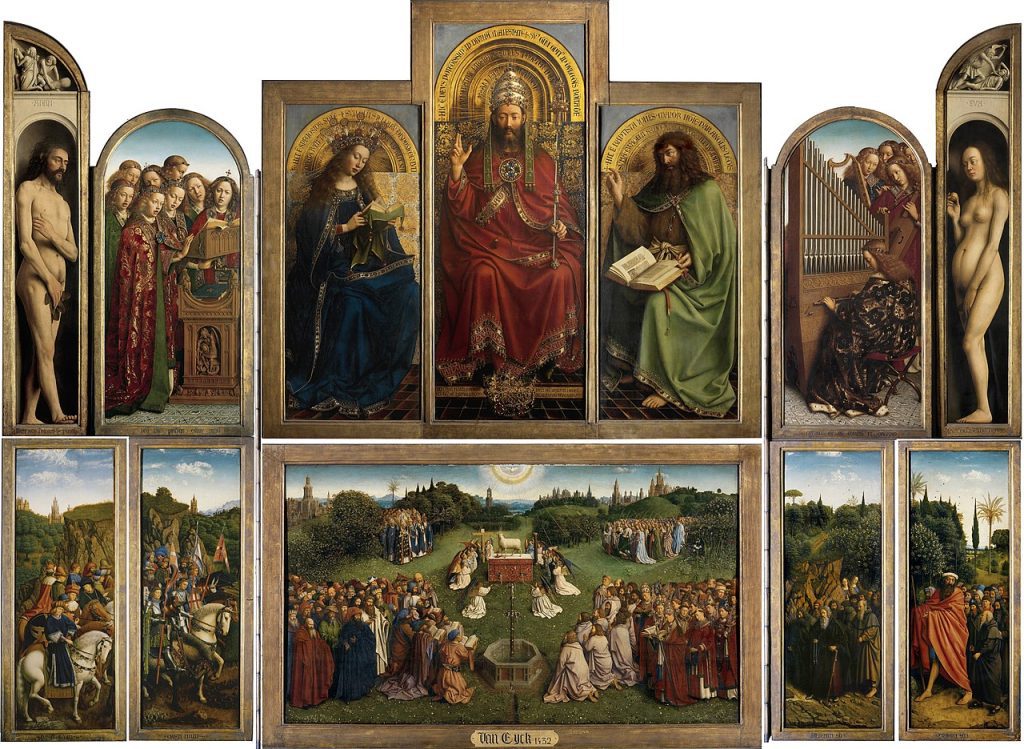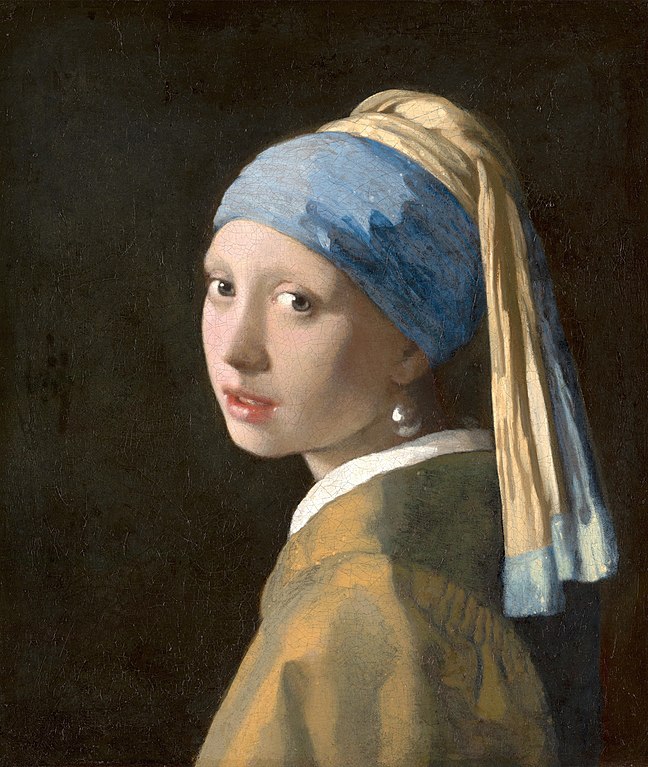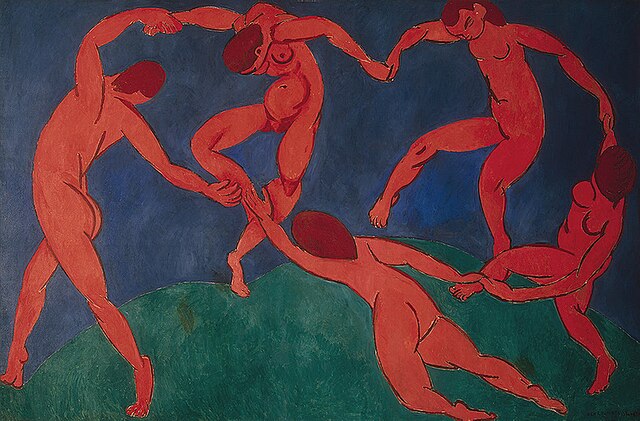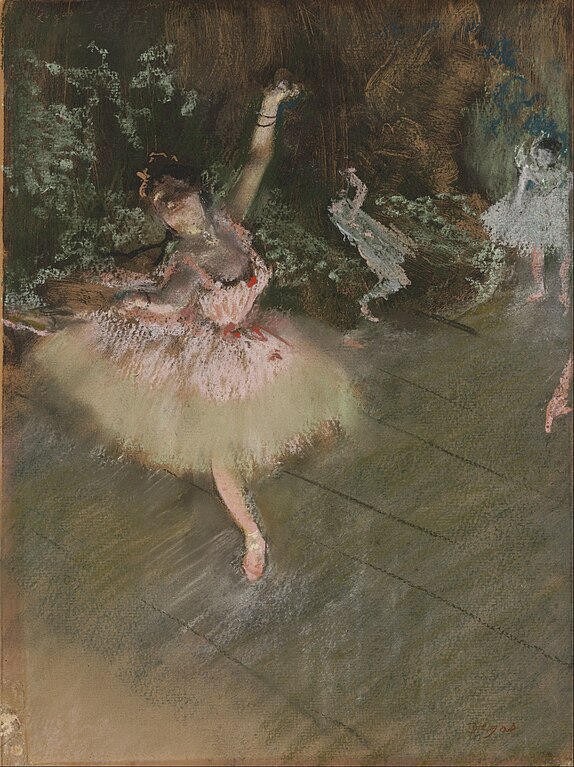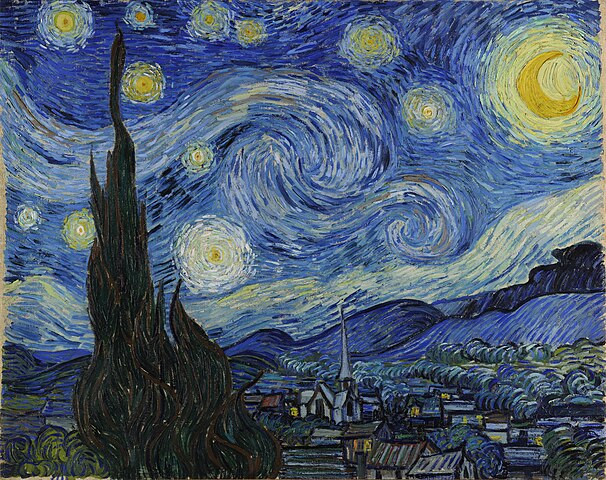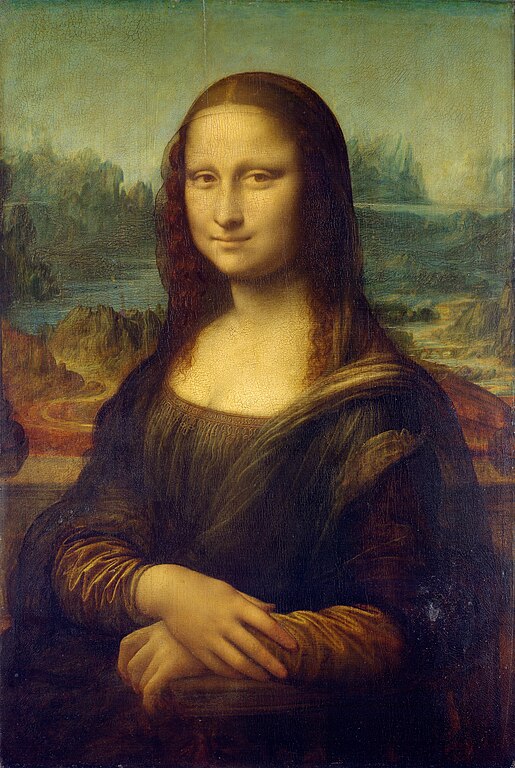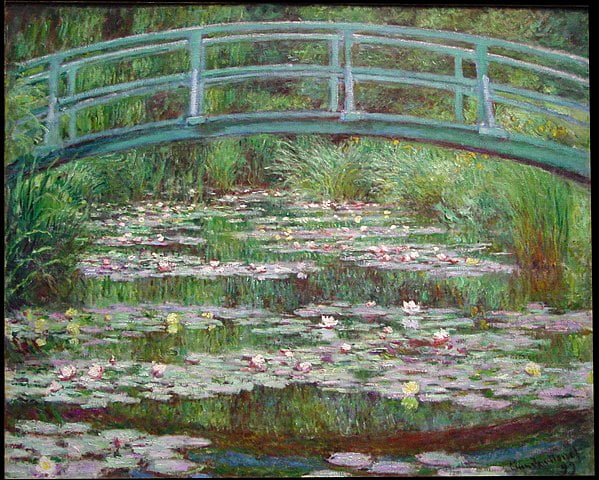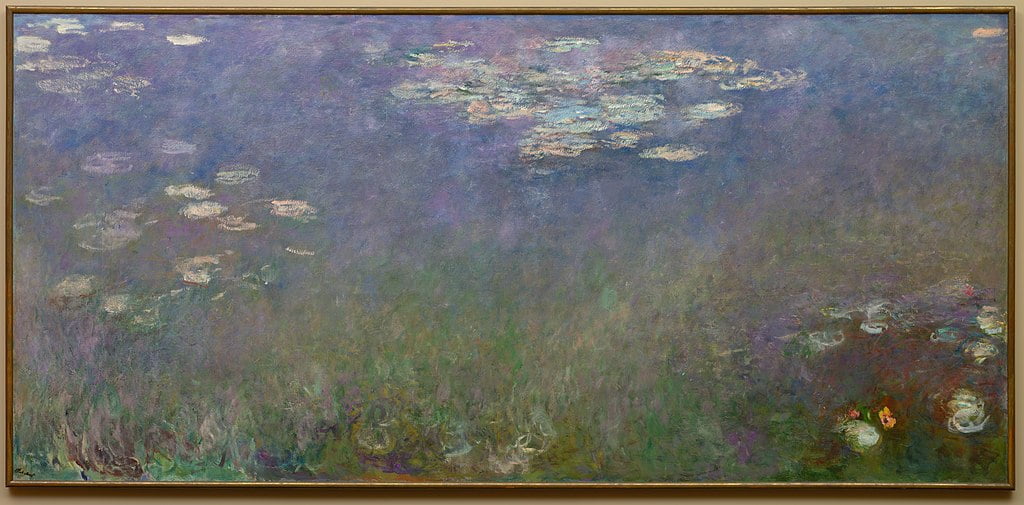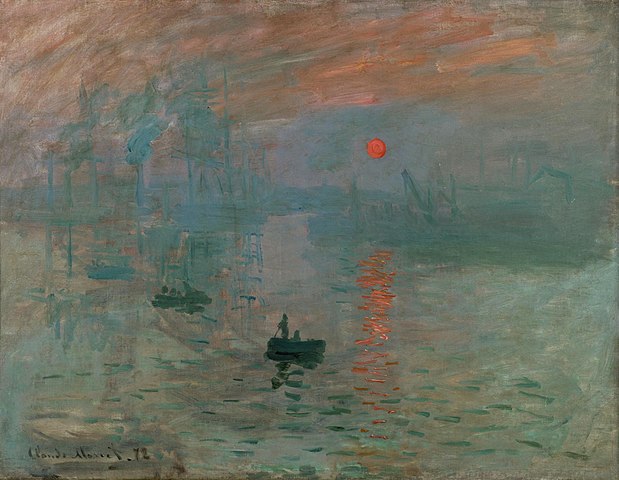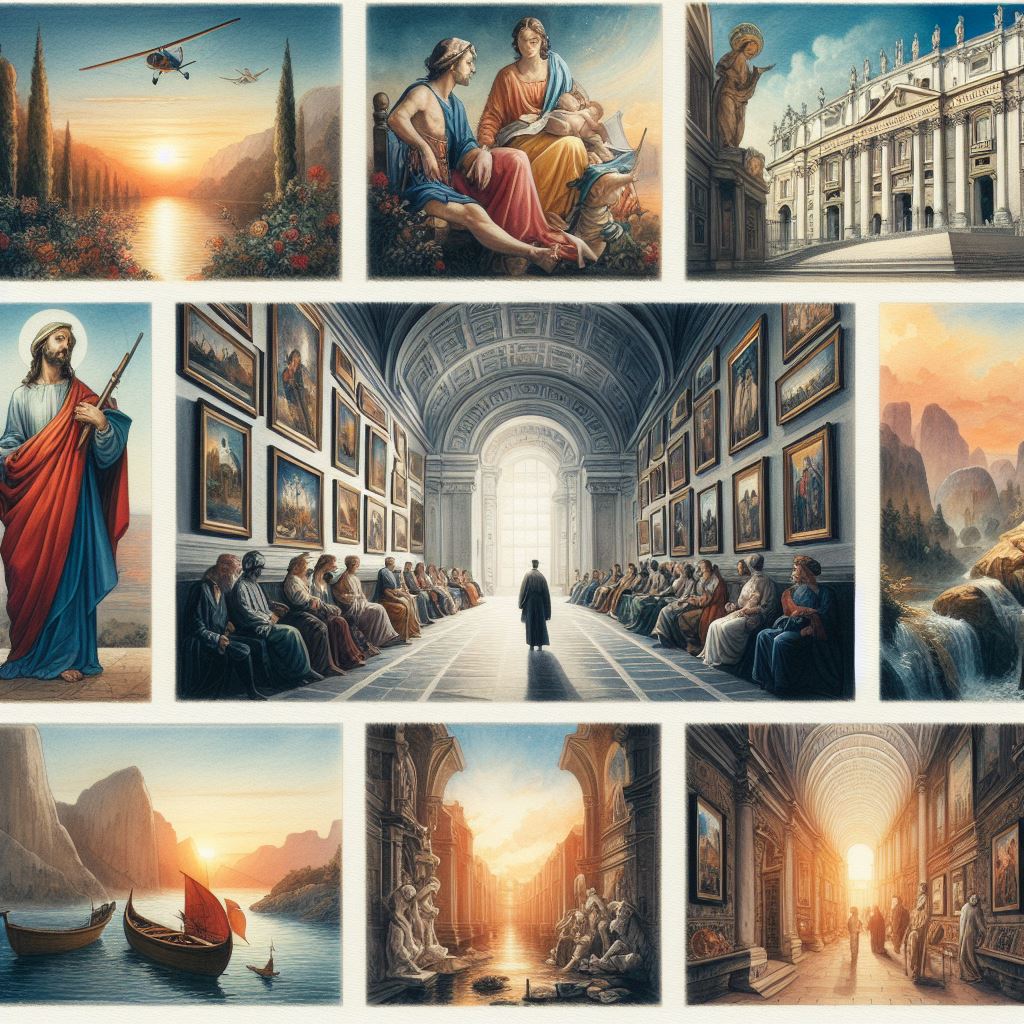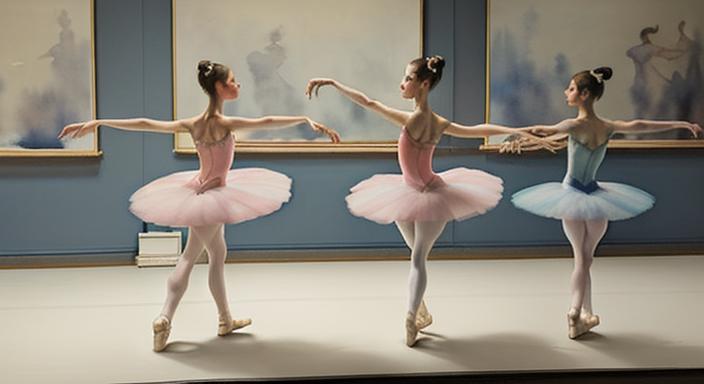
When it comes to art, beauty is in the eye of the beholder. However, certain elements are commonly considered to make a good painting. These elements include composition, color, value, texture, perspective, light and shadow, subject matter, style, emotion and meaning, and historical and cultural context.
Key Elements of a Good Painting
| Element | Definition | Examples |
|---|---|---|
| Composition | The arrangement of elements within a painting | Balance, harmony, unity |
| Color | The use of color in a painting | Warm colors, cool colors, complementary colors |
| Value | The lightness or darkness of a color | Light, dark, contrast |
| Texture | The surface quality of a painting | Impasto, glazing, smooth, rough |
| Perspective | The illusion of depth in a painting | Linear perspective, aerial perspective |
| Light and Shadow | The use of light and shadow in a painting | Form, depth, mood |
| Subject Matter | The objects, people, or scenes depicted in a painting | Landscape, portrait, abstract |
| Style | The overall artistic approach of the artist | Realism, impressionism, expressionism, abstract expressionism |
| Emotion and Meaning | The emotional impact of a painting and the meaning it conveys to the viewer | Awe, wonder, calm, serenity |
| Historical and Cultural Context | The historical and cultural context in which a painting was created | War, peace, social unrest |
Composition
The composition of a painting refers to the arrangement of elements within the frame. This includes the placement of objects, the use of lines and shapes, and the overall balance and harmony of the work. A well-composed painting will draw the viewer’s eye to the most important elements and create a sense of unity and cohesion.
Color
Color is one of the most important elements of a painting. The choice of colors, the way they are mixed and applied, and the overall color scheme can all have a significant impact on the mood, tone, and meaning of the work. For example, warm colors like red, orange, and yellow can create a sense of energy and excitement, while cool colors like blue, green, and purple can create a sense of calm and serenity.
Value
Value refers to the lightness or darkness of a color. The way values are used in a painting can create form, depth, and contrast. For example, a light object against a dark background will appear to be closer to the viewer, while a dark object against a light background will appear to be further away.
Texture
Texture refers to the surface quality of a painting. This can be created through the use of different materials and techniques, such as impasto (applying paint thickly so that it creates a raised surface) or glazing (applying thin layers of transparent paint over one another). Texture can add visual interest and depth to a painting, and can also be used to create a sense of realism.
Perspective
Perspective is the illusion of depth in a painting. This can be created through the use of linear perspective, which involves using converging lines to create the illusion of distance, or aerial perspective, which involves using cooler colors and less detail to create the illusion of distance.
Light and Shadow
The use of light and shadow in a painting can create form, depth, and mood. For example, a strong light source can create dramatic shadows, while a soft light source can create a more subtle and diffused effect. The direction of the light source can also affect the mood of the painting, with a light source from above creating a sense of mystery and drama, and a light source from below creating a sense of foreboding.
Subject Matter
The subject matter of a painting can be anything from a landscape to a portrait to an abstract design. The choice of subject matter can be influenced by the artist’s personal experiences, their cultural background, or the prevailing artistic trends of the time.
Style
The style of a painting refers to the overall artistic approach of the artist. This includes the use of brushstrokes, color, and composition. Some common painting styles include realism, impressionism, expressionism, and abstract expressionism.
Emotion and Meaning
Good paintings often convey a strong emotion or meaning to the viewer, captivating their attention and leaving a lasting impression.. This can be achieved through the use of color, composition, and subject matter. For example, a painting of a stormy sea might convey a sense of awe and wonder, while a painting of a peaceful landscape might convey a sense of calm and serenity.
Historical and Cultural Context
The historical and cultural context in which a painting was created can also have a significant impact on its meaning and interpretation. For example, a painting created during a time of war might reflect the artist’s feelings about the conflict, while a painting created during a time of peace might reflect the artist’s hopes for the future.
Quotes About Good Paintings
- “A good painting is like a good wine. It improves with age.” – Pablo Picasso
- “The aim of art is to represent not the outward appearance of things, but their inward significance.” – Aristotle
- “Painting is poetry that is seen rather than felt.” – Leonardo da Vinci
- “A painting is not a picture of an experience; it is an experience.” – Mark Rothko
- “Art is not what you see, but what you make others see.” – Edgar Degas
Key Elements: Examples of Good Paintings
Attribution: Wikipedia Commons
- Composition: Leonardo da Vinci’s “Mona Lisa” is a classic example of masterful composition. The placement of the figure in the center of the canvas, her enigmatic smile, and the use of triangular shapes create a sense of balance and harmony.
- Color theory: Vincent van Gogh’s “Starry Night” is a stunning example of the use of color theory. The vibrant blues and yellows create a sense of movement and energy, while the contrasting dark cypress tree in the foreground adds depth and drama.
- Perspective: Jan van Eyck’s “Ghent Altarpiece” is a complex and detailed work that demonstrates the use of linear perspective to create the illusion of depth. The receding lines of the architecture and the placement of the figures create a sense of space and realism.
- Value: Rembrandt’s “The Night Watch” is a masterful use of value to create form and depth. The interplay of light and shadow creates a sense of drama and mystery, highlighting the central figures and emphasizing the action of the scene.
- Brushwork: Jackson Pollock‘s “Number 1A, 1948” is a prime example of expressive brushwork. The energetic and gestural application of paint creates a sense of movement and energy, capturing the artist’s emotional state.
- Focal point: Johannes Vermeer’s “Girl with a Pearl Earring” draws the viewer’s attention to the girl’s face through the use of light and shadow. The soft, diffused light illuminates her face and pearl earring, creating a sense of intimacy and mystery.
- Unity: Claude Monet’s “Water Lilies” series demonstrates the use of unity through the repetition of forms and colors. The soft, pastel hues and the shimmering reflections of the water create a sense of cohesion and harmony.
- Balance: Henri Matisse’s “The Dance” is a dynamic and energetic painting that demonstrates the use of balance. The figures are arranged in a circular formation, creating a sense of movement and rhythm.
- Movement: Edgar Degas’ “The Star” captures the movement of a ballerina mid-performance. The blurred lines and the sense of energy convey the dancer’s grace and athleticism.
- Emotion: Edvard Munch’s “The Scream” is a powerful and emotive painting that conveys the artist’s inner turmoil. The use of bold colors and distorted forms creates a sense of anxiety and despair.
These are just a few examples of famous paintings that demonstrate the use of key elements to create successful and impactful works of art.
Conclusion
Creating a good painting takes time, practice, and dedication. But if you’re willing to put in the effort, you can create beautiful works of art that will bring you joy for years to come.
